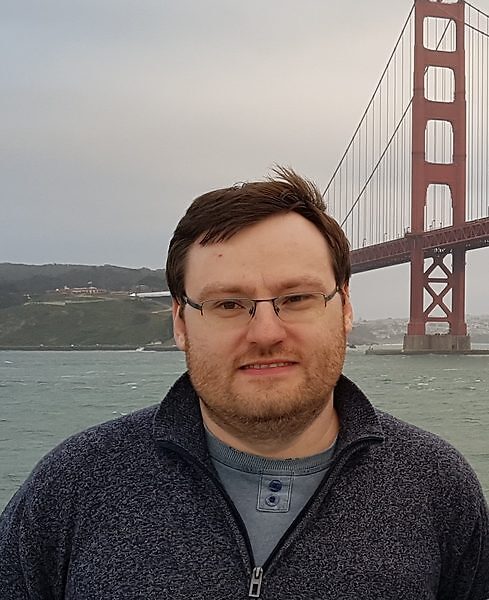Seminar: "Interferometric time-resolved photoemission electron microscopy of few-femtosecond nanoplasmonic dynamics" by Dr. Alexander Gliserin

Date
Location
Description
Interferometric time-resolved photoemission electron microscopy of few-femtosecond nanoplasmonic dynamics
Light-induced collective electron oscillations, in particular, localized surface plasmons (LSP) and surface plasmon polaritons (SPP), have a wide range of applications in the emerging field of ultrafast nano-optics due to their ability to confine and enhance optical electric fields efficiently on the nanometer scale. Plasmonic field enhancement at small-radius nanostructures or in plasmonic focusing devices can be utilized for highly surface-sensitive biochemical sensors or for investigating strong-field effects using only moderate driving laser intensities from an oscillator. Furthermore, plasmonic nanostructures can be tailored to support large resonance bandwidths and therefore exhibit ultrafast plasmonic near-field dynamics, as short as a few femtoseconds.
We present interferometric time-resolved photoemission electron microscopy (ITR-PEEM) using ~7-fs near-infrared laser pulses as an ideal tool for studying ultrafast plasmon dynamics at metal surfaces, as it combines the temporal resolution of all-optical ultrafast pump-probe techniques with the spatial resolution of an electron microscope. This enables the visualization of nanoplasmonic near-fields in space and time. First applications of our ITR-PEEM instrument include the focusing of propagating SPPs as well as the observation of high field enhancement and ultrashort lifetimes of LSPs from a monolayer of self-assembled ~40-nm gold nanospheres with ~2 nm gaps between the particles. The broadband plasmon resonance of these particles allows observing distinct dynamics already within the first optical cycle (about ±1 fs around time-zero) and the high field enhancement inside the gaps leads to strong-field effects and energy broadening, which was studied by energy-resolved imaging (microspectroscopy). These results provide a clear path towards visualizing nanoplasmonic near-fields at ultimate spatiotemporal resolution.
Bio:
Alexander Gliserin received his Diploma in physics from the Technical University of Munich, Germany, in 2009 and his Ph.D. in physics from Ludwig Maximilian University of Munich in 2014 and continued there as a Postdoc until 2016 when he joined Pohang Institute of Science and Technology (POSTECH) and later Pusan National University (PNU) in South Korea as a Postdoc. During his time in Germany he worked with Prof. Ferenc Krausz on visualizing structural dynamics in matter by ultrafast electron diffraction, in particular electron pulse compression using microwave fields to produce the shortest electron pulses capable of atomic resolution. After moving to South Korea, his research focused on studying ultrafast plasmon dynamics at metal surfaces and nanostructures using interferometric time-resolved photoemission electron microscopy.
Subscribe to the OIST Calendar: Right-click to download, then open in your calendar application.



